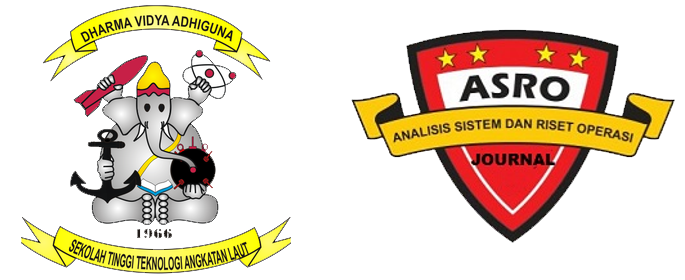OPTIMIZING THE SCHEDULING OF THE SURABAYA HEALTH INSPECTION BUILDING CONSTRUCTION PROJECT
Keywords:
Project Scheduling, CPM, Goal Programming, Critical Path, Time AccelerationAbstract
Projects can be said to be a success or a failure caused by ineffective planning and control, so project activities fail. so there will be delays, decreased quality, and increased implementation costs. The Critical Path Method abbreviated CPM method and goal programming can be applied to manage project completion time more efficiently and effectively. To be able to reduce the impact of project delays and cost overruns through a crash calculation mechanism with three alternative controls; additional labor or overtime work. In this study, the total project age was 277 calendar days, while the project deadline was 284 calendar days, thus the project was delayed for 7 calendar days with a total fine of Rp 25.242.944.400 and a penalty cost is 1/1.000 for the sum of the contract. Based on the data analysis and discussion that has been carried out in this study, the conclusion that can be drawn from his study is the number of days that can be completed in this project using the CPM scheduling method is 257 days. However, without using this method, the project completion time would take 284 days. In addition, the company can save costs of Rp. 181,682,772 while avoiding penalty fees due to project delays. while using goal programming optimization, the optimal time duration is 250 days with a cost efficiency of Rp. 246.092.991. So that by applying the calculation to the CPM method, the company can perform project efficiency for 27 days while using goal programming optimization have project efficiency for 34 days simultaneously being able to streamline the budget by using network planning
Keywords: Project Scheduling, CPM, Goal Programming, Critical Path, Time Acceleration



